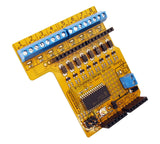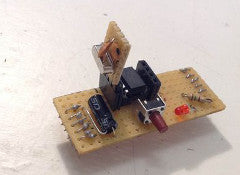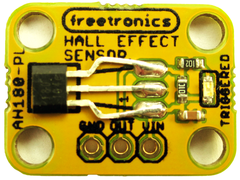Although the Arduino development platform is quite powerful, when harnessed to external technology it can play a part in a much larger or more involved system. One neat example of this is by enthusiast Luka Gabrić who has created an amazing face-tracking turret without too much effort.
The Arduino us used to control the turret, with servos for both the x- and y-axis rotations. This then communicates via USB to a host PC running python code and interfacing with OpenCV. This results with an incredibly responsive face-tracking system as demonstrated in the following video:
For details including the Arduino sketch and python code, visit Luka's interesting website. And for more, we're onfacebook, Google+, and twitter - so follow us for news and product updates as well.
Have you been reading about Arduino and would like to understand more so you can work with projects like the example above, but not sure where to start? Then order one of our Experimenter's Kit for Arduino:
The package includes a wide variety of parts, sensors and modules including: a servo motor, lights, buttons, switches, sound, sensors, breadboard, wires and more. Furthermore a Freetronics Eleven Arduino-compatible board is included to make this an extensive hobby experimenter, inventor and starter kit.
However we don't leave you alone to figure it all out, included is a great project and instruction booklet, plus access to a supporting web page and software examples. In other words - this is everything you need to get started for a fun range of electronics and Arduino related projects! So to get started or for more information and to order, check out the product page.
























